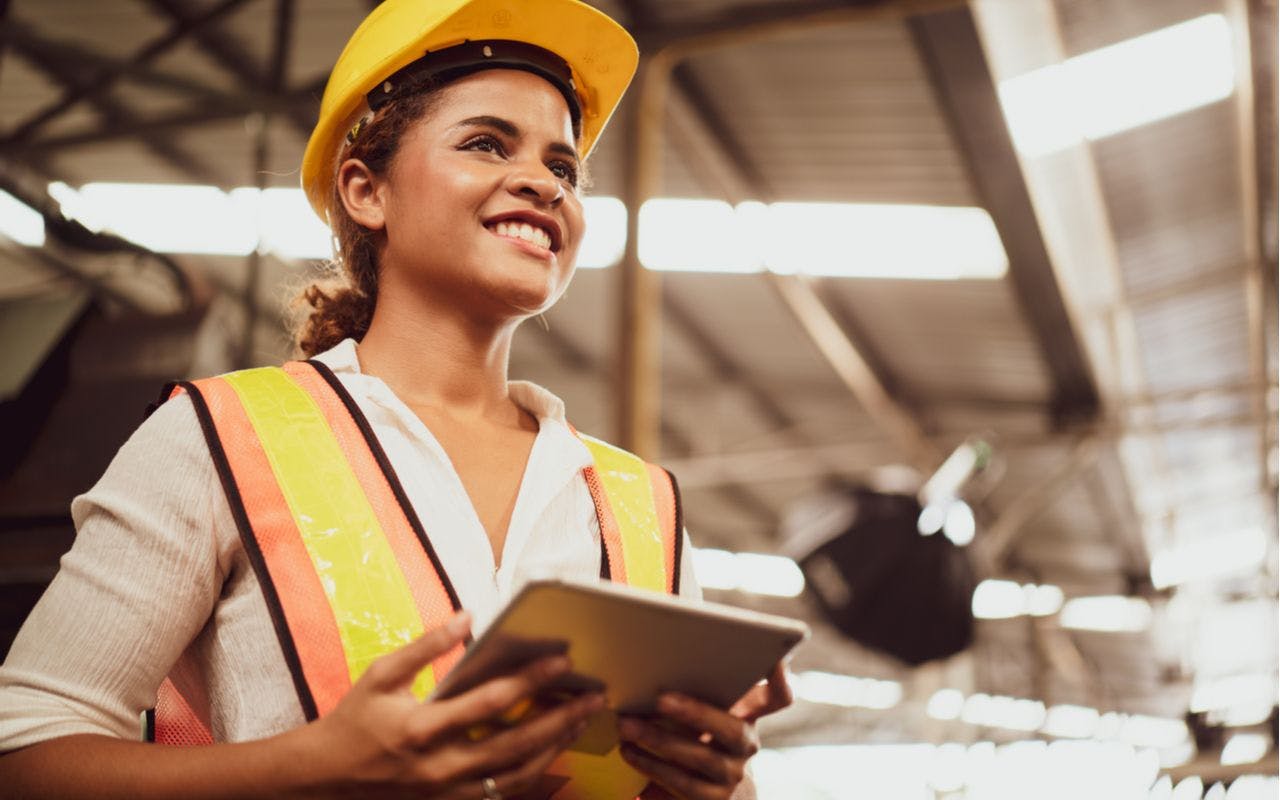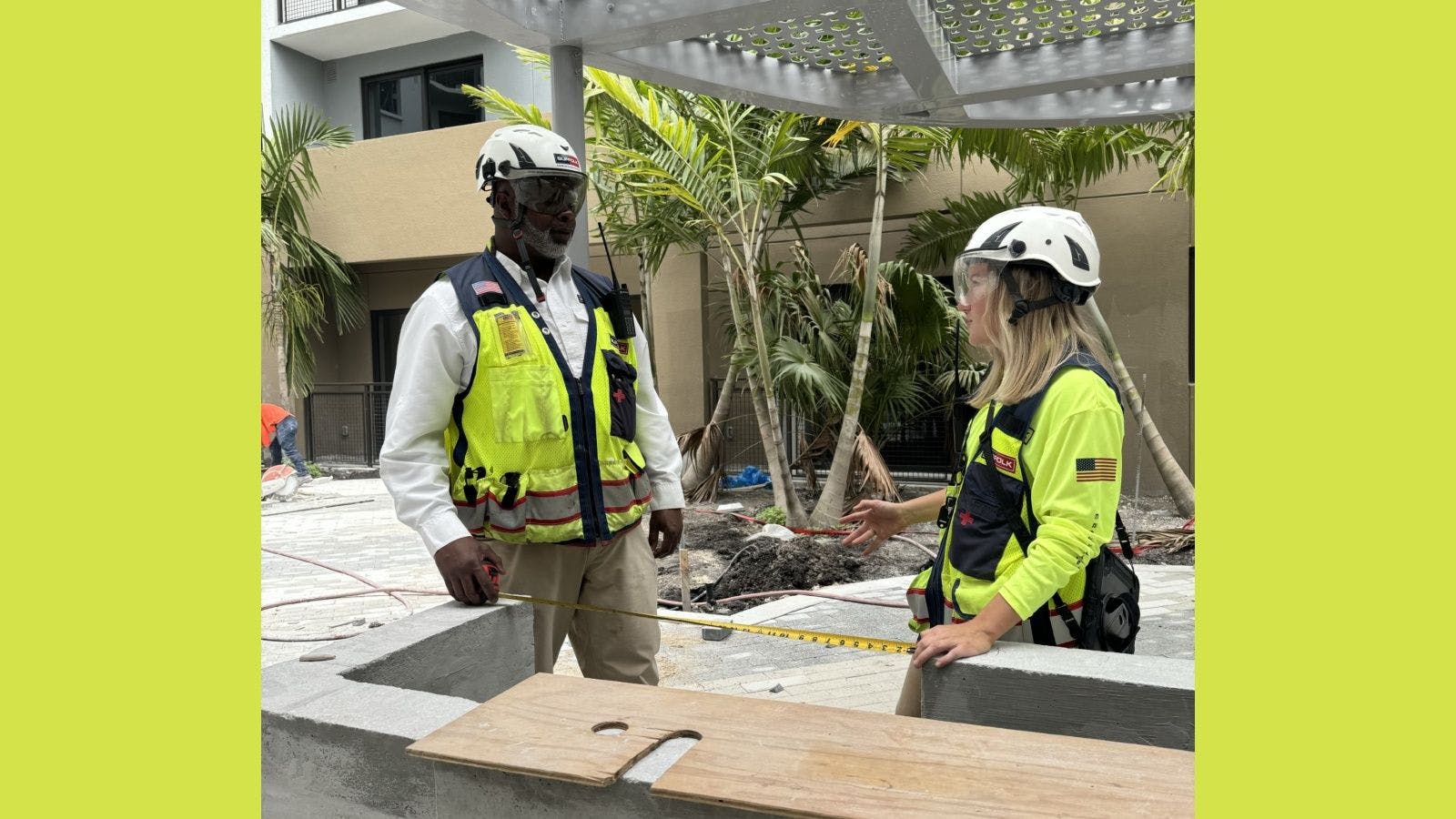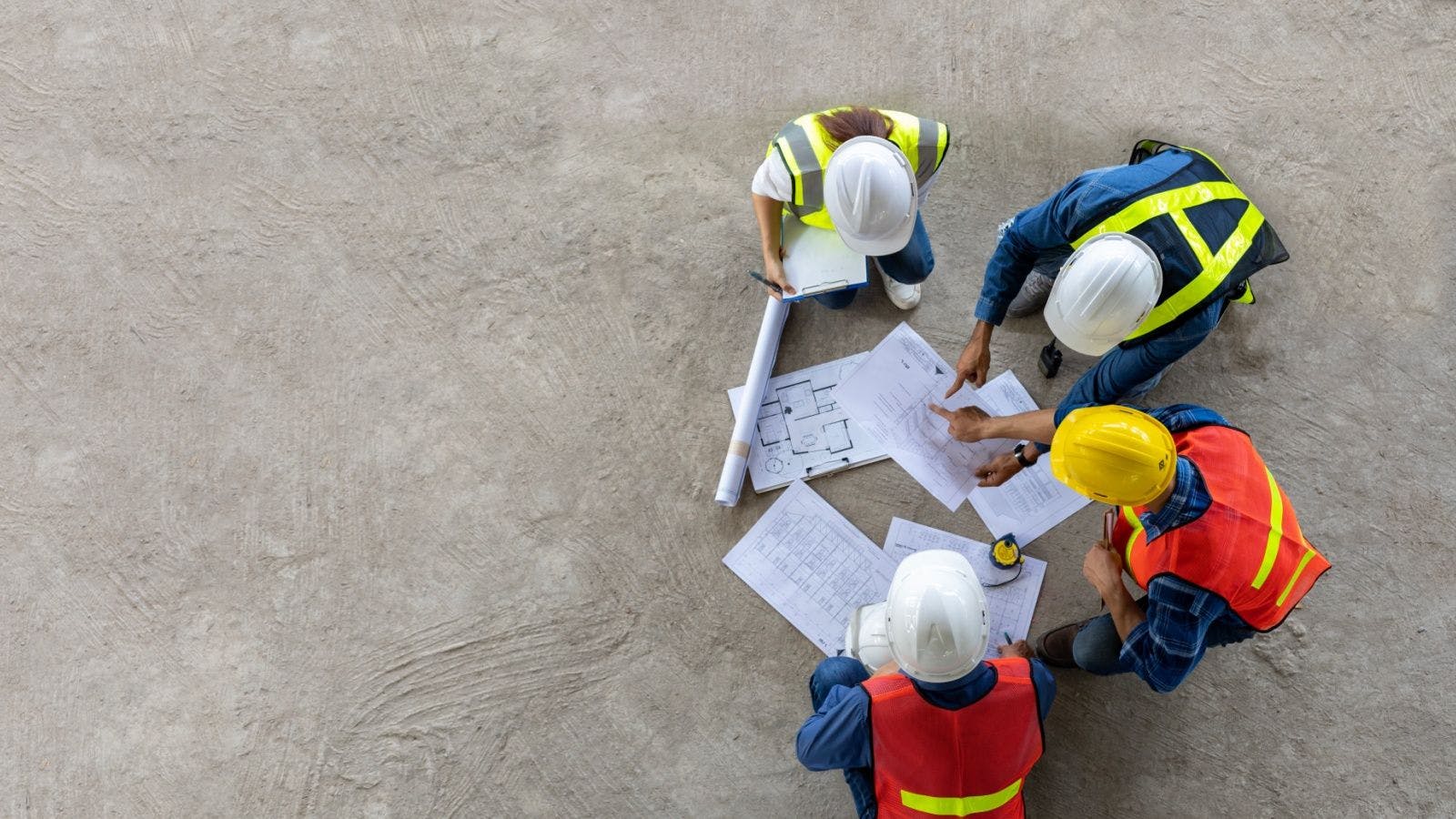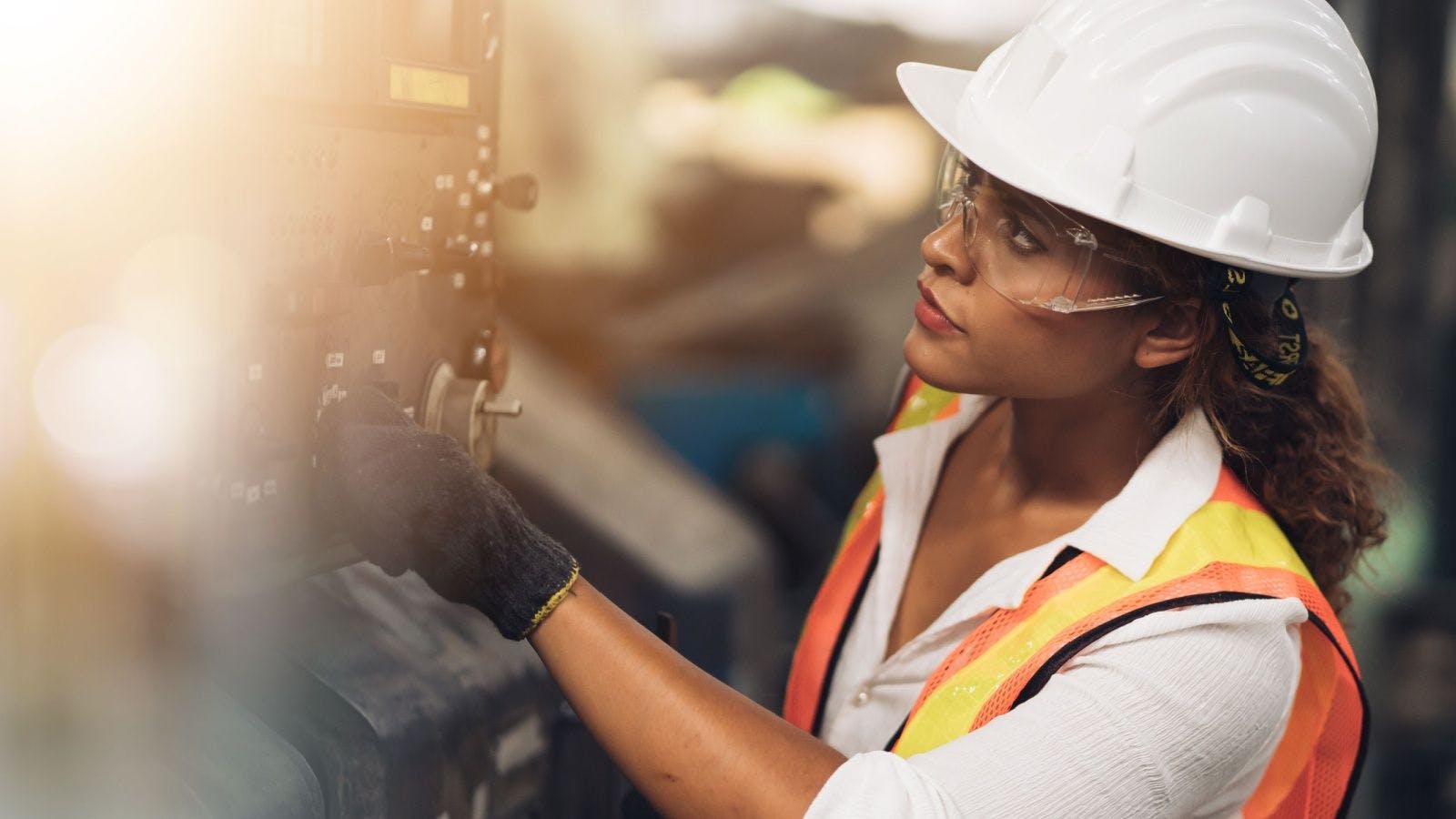
What to Know Before Recruiting Women in Construction
The business case for diversity in any organization is well-made; in fact, the World Economic Forum, in a 2019 article, describes it as overwhelming.
Diversity in the workplace breeds innovation, fosters creativity and centers empathy in ways that rarely appear in environments where people hire candidates most like themselves. A Boston Consulting Group study found that companies with above-average diversity scores enjoy 45% higher average innovation revenue.
But in construction, diversity and inclusion isn’t just a business or equality issue: it’s also a health and safety issue. Advocating for diversity but failing to implement inclusion can lead to huge oversights and significant risk through poorly fit personal protective equipment (PPE), woeful sanitation and even workplace violence.
As construction industry professionals, we know exactly how something as simple as oversized gloves can quickly become a hazard of its own. Before your construction business sets out to recruit women, be sure to ask: Is our organization ready to provide a safe place for women to work?
Is Your Safety Program Prepared?
SafeSite, an award-winning safety management solution provider, talked with construction industry leaders, including leaders at the National Association of Women in Construction (NAWIC) and practicing professionals, to learn more about what it means to recruit women and minorities into construction, in both office and craft specialty roles.
In summary: There’s still a lot of work to be done to welcome women into construction—both in the office and in the field. One of the most interesting insights was how long it’s taken to make progress on core safety issues, like PPE.
Per Karen Mitchell, the 2020-2021 chair of the OSHA-NAWIC Alliance: “We continue to work on the same issues. It’s a slow process, particularly with PPE. Traditional PPE that’s for sale doesn’t fit women because it’s made for a man’s body.”
Often, it’s the case that the decision-makers are interested in fostering a diverse workforce but are not aware of how to create an inclusive one.
PPE for Diverse Bodies
PPE for women is not only increasingly available, it is also increasingly advanced thanks in part to some of the work NAWIC inspires and supports.
“There are companies that now sell PPE made to fit women,” Mitchell says. “Some of it is even fashionable. [NAWIC] uses our conventions and meetings to have PPE fashion shows and show people what’s available.”
At the same time, inclusion doesn’t end at creating and buying PPE for women. “There are brands for women. But there’s still a disparity regarding catering to bodies of different sizes and shapes,” says Laura Casey, who serves as 2021-2022 chair of the OSHA-NAWIC Alliance.
There is a clear takeaway for safety directors and operations managers. All safety leaders can and should take the time to ask every worker what PPE is needed to do their jobs effectively.
While PPE is a line item, it’s also a core part of the hierarchy of controls. Equally as important, it’s a sign of inclusion: When companies buy women fleeces and PPE that don’t fit, they send a message that suggests that those workers are an afterthought, even if it’s done unintentionally.
Addressing Workplace Violence and Harassment
Workplace harassment and violence also remain an issue at construction sites. According to the experts we talked to, there are some big disparities in experiences depending on company type. Large organizations tend to have a zero-tolerance approach to workplace harassment and especially workplace violence. The issue, however, can be a bigger problem in small and family-run companies.
Harassment is a legal issue, but it’s also a safety issue. Psychological stress in the workplace impacts workers’ performance; beyond that, mental health is part of total worker health. Yet, industry leaders don’t know enough about the prevalence of harassment, in part because, as Casey believes, “not enough women report [harassment] unless it’s physical.”
Inclusion—and equity—are critical to this subject. Casey suggests focusing on inclusion to take a holistic approach. In other words, companies might do better to focus on conversations that include all genders, religions, races, ethnicities and sexual orientations.
This opens the floor for dialogue, and everyone is able to have a voice and use it, which leads to better understanding rather than a top-down mandate.
The Future of Women in Construction Is Bright
Survey data from Associated Builders and Contractors shows that women in both construction management and craft professions are growing: both categories grew 1% year over year. And that’s a good thing. The leaders we spoke to feel hopeful that the rising tide of women in construction will lift all boats.
“As more women and more younger men enter the industry, we can affect the future,” Casey says. New people bring in new ideas, and they leave behind the “way we’ve always done it” in favor of something suited for today’s construction sites.
In the meantime, organizations such as NAWIC are educating and empowering women in all types of construction careers. The newly established NAWIC Diversity, Equity & Inclusion committee is also developing tools for inclusion, both within NAWIC and in the construction industry more generally, particularly among smaller, family-run organizations.
In even better news, more and more construction businesses see inclusion as a priority. “Many associations and companies are starting to see what NAWIC is doing. We have over 50 active partnerships, and they’re all coming to us,” says Anne Pfleger, NAWIC’s 2020-2021 president.
“What I see is that, as a result of the pandemic, we’re going to start seeing an acceleration of women getting into the industry. We’re now starting to be seen and heard more. Girls are seeing what women are doing in the construction industry so they can see themselves doing it, too. We’re becoming part of the face of the industry,” Pfleger says.
Welcome New Women to Construction With Inclusive Safety
The number of women in construction is growing across all areas. The construction industry will benefit from employing a new variety of voices. Not only will businesses be better able to adapt to new demands from external stakeholders, but the increasing diversity will improve every aspect of the build and the build’s legacy.
At the same time, there’s no diversity without inclusion. And hiring more women in construction comes with a mandate to keep them safe. So, for construction companies that are ready to grow their diversity program in earnest, the focus has to be on what women in the industry need: for employers to listen.
Related stories








